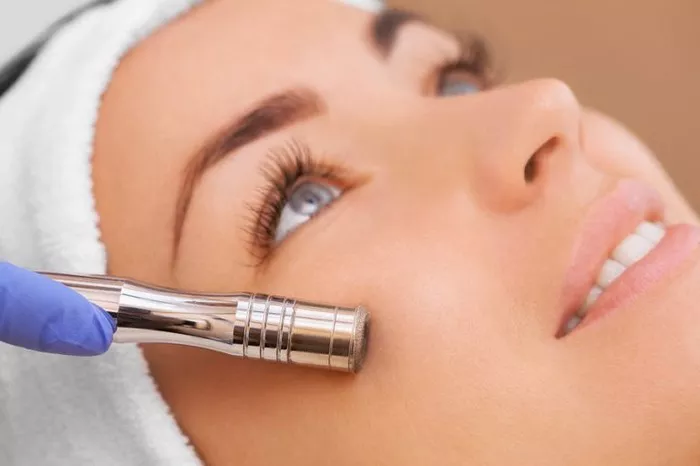Fat transfer, also known as fat grafting, is a cosmetic procedure that involves removing fat from one part of the body and injecting it into another area to add volume and improve contours. One popular use of fat transfer is in the face, where it can be used to add volume to areas such as the cheeks, chin, and lips. In this article, we will explore how long fat transfer lasts in the face, the factors that can affect its longevity, and the potential benefits and drawbacks of the procedure.
What is Fat Transfer?
Fat transfer, also known as fat grafting, is a cosmetic procedure that involves removing fat from one part of the body, such as the abdomen or thighs, and injecting it into another area to add volume and improve contours. Fat transfer is a natural alternative to synthetic fillers and implants, as it uses the patient’s own tissue to enhance their appearance.
Fat transfer can be used in a variety of areas, including the face, breasts, and buttocks. In the face, fat transfer can be used to add volume to areas such as the cheeks, chin, and lips, and to reduce the appearance of wrinkles and fine lines.
How Long Does Fat Transfer Last in Your Face?
The longevity of fat transfer in the face can vary depending on a variety of factors, including the patient’s age, skin quality, and the technique used during the procedure. In general, fat transfer can last anywhere from several months to several years in the face.
One study published in the Aesthetic Surgery Journal found that fat transfer to the face lasted an average of 4.5 years, with some patients experiencing results that lasted up to 10 years. However, the longevity of fat transfer can vary depending on the individual patient and the specific technique used during the procedure.
Factors That Affect the Longevity of Fat Transfer in Your Face
Several factors can affect the longevity of fat transfer in the face, including:
Age: Older patients may experience less longevity from fat transfer due to a decrease in skin elasticity and collagen production.
Skin Quality: Patients with better skin quality may experience longer-lasting results from fat transfer.
Technique: The technique used during the fat transfer procedure can affect its longevity. Techniques that involve using smaller amounts of fat injected in multiple layers may result in longer-lasting results.
Lifestyle Factors: Lifestyle factors such as smoking, sun exposure, and stress can also affect the longevity of fat transfer in the face.
Benefits of Fat Transfer in Your Face
Fat transfer in the face has several benefits, including:
Natural Results: Fat transfer uses the patient’s own tissue, resulting in a more natural-looking appearance compared to synthetic fillers or implants.
Long-Lasting Results: While the longevity of fat transfer can vary, it can last for several months to several years in the face.
Versatility: Fat transfer can be used to add volume to a variety of areas in the face, including the cheeks, chin, and lips.
Low Risk of Allergic Reactions: Because fat transfer uses the patient’s own tissue, there is a low risk of allergic reactions.
Drawbacks of Fat Transfer in Your Face
While fat transfer in the face has several benefits, it also has some drawbacks, including:
Recovery Time: Patients may experience swelling and bruising after the procedure, which can take several weeks to resolve.
Potential for Uneven Results: Fat transfer can result in uneven results if the technique used during the procedure is not precise.
Potential for Overcorrection: Overcorrection can occur if too much fat is injected into the face, resulting in an unnatural appearance.
Cost: Fat transfer can be more expensive than synthetic fillers or implants.
Conclusion
In conclusion, fat transfer is a cosmetic procedure that involves removing fat from one part of the body and injecting it into another area to add volume and improve contours. In the face, fat transfer can be used to add volume to areas such as the cheeks, chin, and lips, and to reduce the appearance of wrinkles and fine lines. The longevity of fat transfer in the face can vary depending on a variety of factors, including the patient’s age, skin quality, and the technique used during the procedure. While fat transfer has several benefits, it also has some drawbacks, including recovery time, the potential for uneven results, and the cost. As with any cosmetic procedure, it is important to discuss the potential benefits and drawbacks with a qualified cosmetic surgeon before undergoing the procedure.


